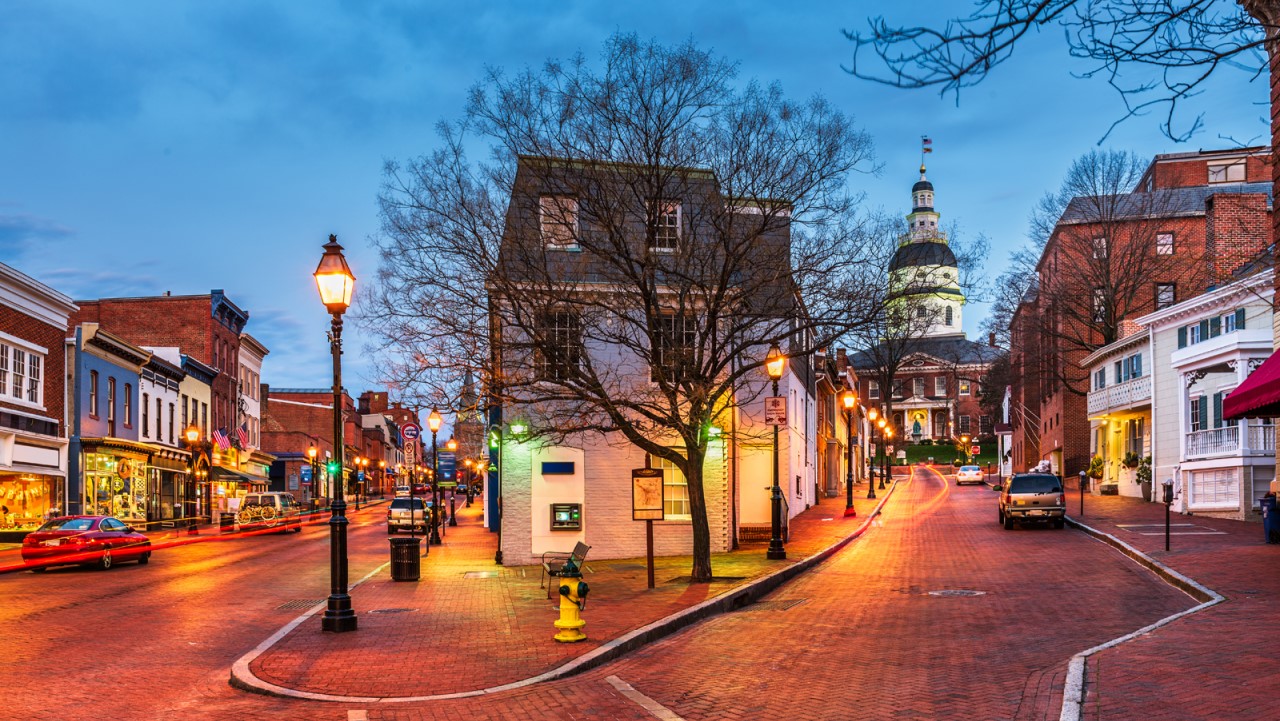
The 15-minute city has become a popularized urban planning concept in countries around the world, and many in the United States have begun to take an interest. Carlos Moreno, the professor and researcher who coined the term, saw the need for people-centric city planning back in 2016. He looked around modern cities and asked: why should residents be the ones adapting to the largeness of a city rather than city planning adapting to the needs and wants of residents?
This planning concept aims to provide residents with everything they could presumably need to live a prosperous life, all within a 15-minute walking or biking distance. This would include necessities such as medical services, educational institutions, places of business, third places (spots for social interaction other than home or work), and accessible public transportation. But, a 15-minute city does a lot more than just provide services and resources proximate to residential housing. It also has the potential to bring about a culture of community, returning to the town square model of living that was foundational for city planning prior to the Industrial Revolution.
According to a 2023 National Association of Realtors (NAR) Community Survey, roughly 78% of participants in the United States said they would be willing to pay more to live in a walkable community. In that same survey, just over 50% of respondents said they would purchase a home with less yard space if it meant they did not need to rely on a car to take them to places of business or work. This survey was conducted post-pandemic after we all were placed in situations that prompted us to rethink our priorities and wants in relation to how we choose to live. While the 15-minute city is not a one-size-fits-all model, investing in walkable infrastructure can benefit everyone, from local government to community members.
Benefits of the 15-minute City
Although life has returned to a level of normalcy, many are left wondering if American cities can be reconstructed to be better. Researchers have identified a loneliness epidemic in the United States, much as a direct result of isolation and a lack of community. Simply put, Americans are lonely and desire real human connection.
Being intentional with how we design or redesign our cities can encourage engagement between residents. In walkable cities, you are more likely to interact face-to-face with community members and form relationships with others. Walkable infrastructure also encourages residents to spend time in their communities, whether that be through walking or biking to work, utilizing necessary services, or occupying third spaces like parks, restaurants, and libraries. This gives residents a sense of ownership and attachment to their community and encourages them to interact with each other. Investing in people-centric city planning and third spaces also gives marginalized communities, such as the elderly, the opportunity to stay connected to others.
The 15-minute city, despite its size, is a feat that can provide residents with a higher quality of life and bring about a culture of trust and connection. According to recent Gallup polls, Americans tend to trust local governments more, when compared to other levels of government, because of their responsiveness and proximity. Fifteen-minute cities provide greater opportunities for local government leaders to interact and engage with community members simply by the city design. Residents are also more likely to be politically and publicly engaged when living in a walkable community. Increased interaction can help build trusting and meaningful relationships that serve as the foundation for strong communities. Through these cultivated relationships and increased public engagement, local government leaders can better understand community needs, increase responsiveness, and develop a deeper trust with city residents.
Investing in walkable and bikeable infrastructure also encourages healthier and stronger communities for all residents. The 15-minute city can have positive health benefits for an individual and the community overall. At the individual level, residents in 15-minute cities have the option to walk or bike around their community, which research shows can improve physical and mental health. Cities that prioritize protected bike lanes and sidewalk access can also reduce hazards faced by all pedestrians. The 15-minute city would not remove cars entirely but rather reduce reliance on vehicles and encourage residents to walk, bike, and even take public transportation. Investing in accessible and green public transportation can provide residents with additional transportation options, especially for residents who may not be able to afford a vehicle. Through this type of transportation investment, cities can reduce urban pollution and their carbon footprint.
Along with health benefits, 15-minute cities and investment in walkable infrastructure can positively impact the attractiveness of city spaces and the local economy. Constructing cities to be more people-centric and lively can encourage relocation and tourism. For those living in these cities, walkability can encourage residents to explore their neighborhoods and support the businesses in their area. Public, people-centric infrastructure and revitalizing communities can also encourage private investment opportunities, as seen through the “high line effect” in New York City. With a relatively small investment from local government, it can result in a substantial return on investment. This promotes job creation, increased property values, and the economy.
Conclusion
While the 15-minute city model is neither perfect nor claims to be, it is one option to consider as we seek to expand and recreate our cities. It may not be feasible in its entirety in your area, but perhaps some elements of the model can be incorporated into your existing infrastructure. Communities in cities like Portland, Oregon, were designed to give residents access to necessary services within a 20-minute walk or bike ride. These services include parks, schools, private businesses such as grocery and retail stores, and public transportation. The city of Salinas in California has also adopted a pedestrian-centered vision by revitalizing its downtown to create a stronger and more engaged community.
As we continue to work toward our shared goal of building stronger, healthier communities, we should look to innovative and creative ways to adapt and make changes. The 15-minute city is just one of the many ways we can better serve our communities.

CELESTE BENITEZ GALICIA is a graduate assistant with the Davenport Institute at the Pepperdine University School of Public Policy.
New, Reduced Membership Dues
A new, reduced dues rate is available for CAOs/ACAOs, along with additional discounts for those in smaller communities, has been implemented. Learn more and be sure to join or renew today!
